Introducing the ARMSTRONG x FOIL DRIVE Integrated Carbon Masts
A MASSIVE collab with Armstrong & Foil Drive bringing you their new Integrated Carbon Masts. Let's take a look!
READ MORE
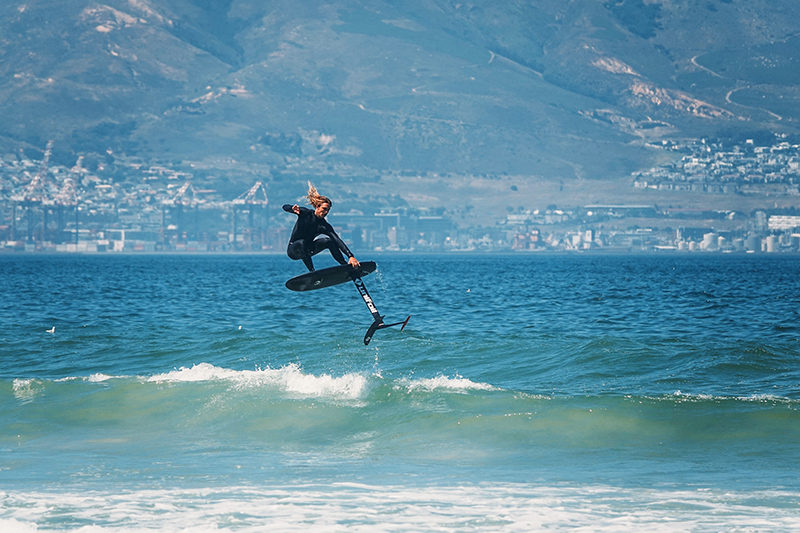
Fresh out of the Appletree orchard comes the Apple Skipper, a new cross-discipline concept from the brand that promises plenty of performance within each…
Hey team! First things first – can you give us an overview of the board, and for who and what it’s primarily designed for?
Our new Apple Skipper is more than a model, it’s a design concept that we are going to apply to a range of models. From a small board for kite and wake, a prone model, a wing model and finally a downwind version as well. All of which are tuned for the needs of these individual disciplines. In general the Apple Skipper range is aimed at the experienced rider. Riders that do not require a super efficient planing surface. Instead, the Apple Skipper is designed to perform the best in tight turns and hard carves and the occasional jump.
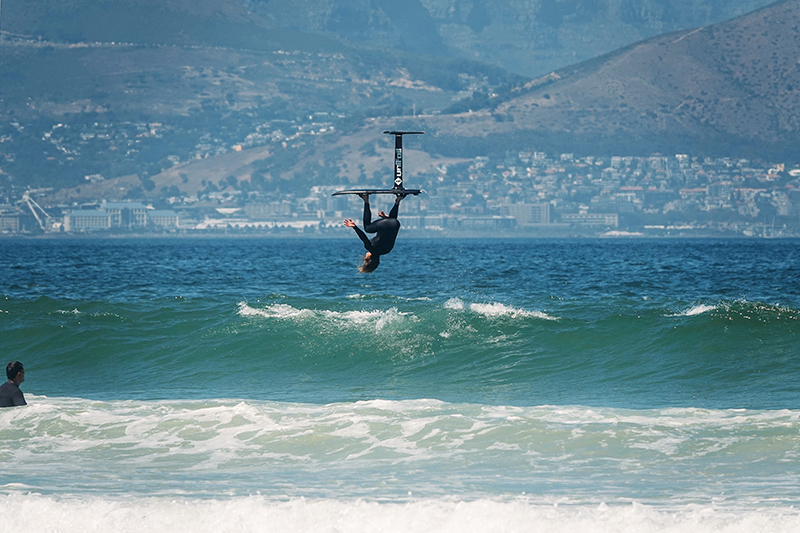
Talk to us about the “bulge”…
So the bulge might seem a bit strange at first. It’s the bottom of the board that actually sits a bit lower than the foil box. We have always believed that a convex bottom, or hull type bottom works better for splitting the water and giving it a way to release.
In our experience this works better than having a concave or multiple concave’s. The bulge under the front foot does exactly that, it gives the water a place to deflect, so when you hit the surface, you skip back up without sticking.
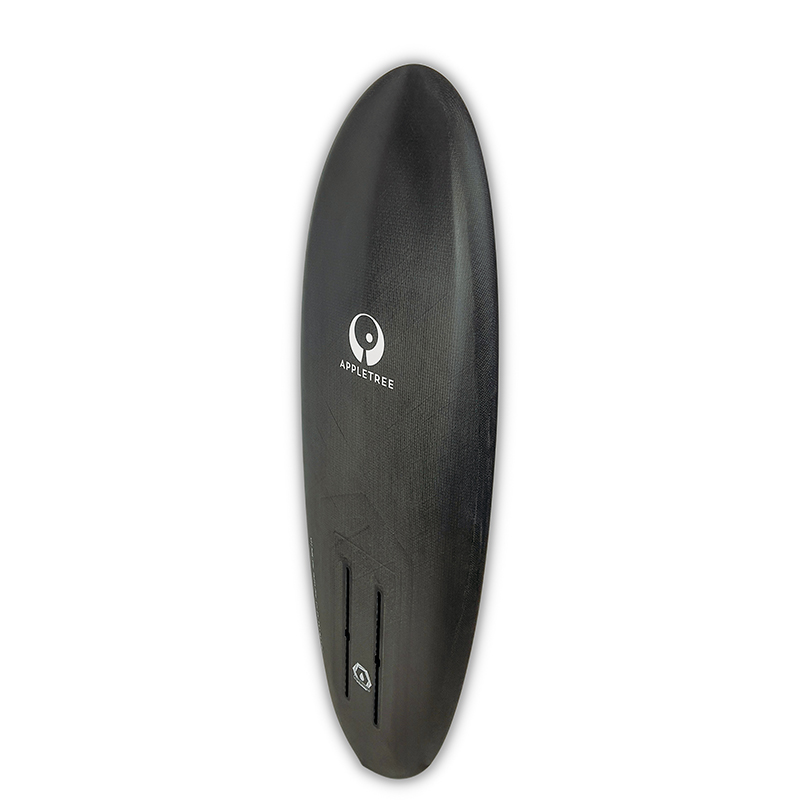
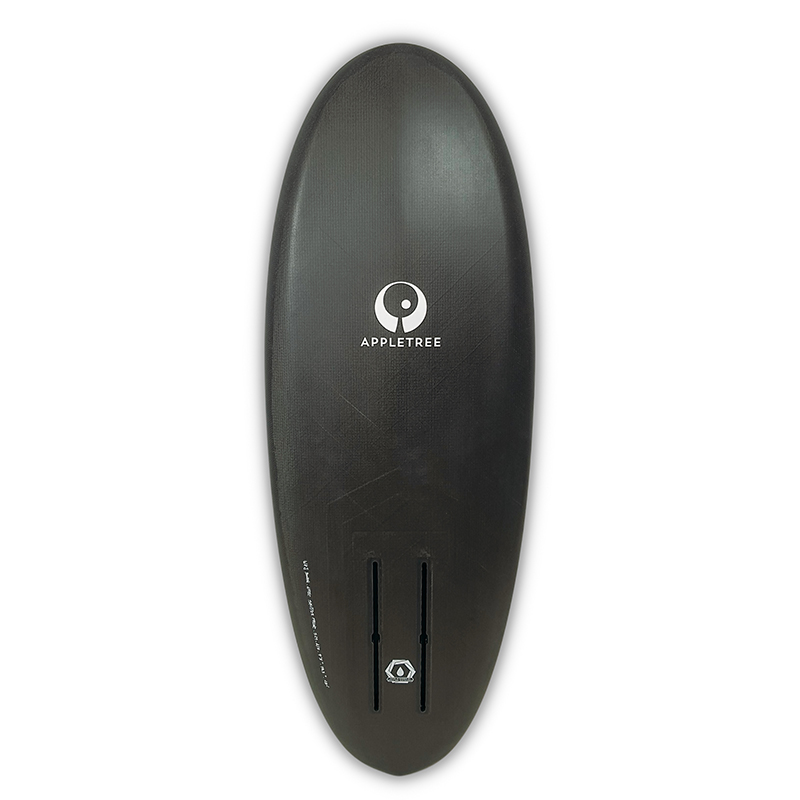
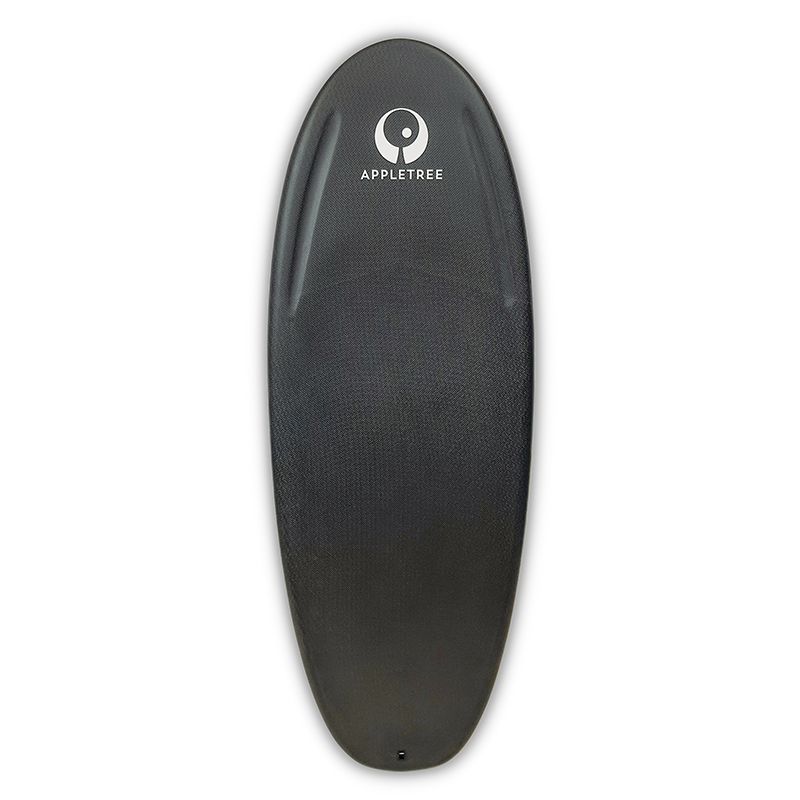
How should you choose your volume based on your bodyweight and ability?
We usually advise to start at the same volume as you would use in a normal surfing shortboard. It will be a familiar kind of float and paddle. If you want to catch small waves and your local break offers really weak surf, you could go 2-4 liters more. If you are more experienced you can go 2-4 liters less. The lower volume definitely helps with pumping and a small foil board is just very nice to ride, but it ain’t fun if you're not catching anything, so don’t go too small too quickly.
What sort of rider should buy the Apple Skipper prone instead of the Pro Foil Surf V2?
Definitely an experienced rider, who is looking for a new board, probably with a bit lower volume than their previous board. If you want to do foam bashes and tighter turns in the pocket, the bottom design and pulled in tail really helps with that.
Who’s been out there putting the R&D hours in that’s led to the Skipper we see before us?
We usually start riding new ideas ourselves close to our factory in Portugal. There is a really good foiling beach. As we have our own factory, we can quickly make prototypes and test them. Another advantage is that we can make boards in the final construction right away and we do not have to wait for third party producers to send us samples from Asia. So we go through a lot of prototypes before we include the team. Then the next step is that we offer the protos to our pro and ambassador team to test them in different conditions around the world. We then collect feedback and make changes before the final board is released. In total this takes anywhere from six months to well over a year.
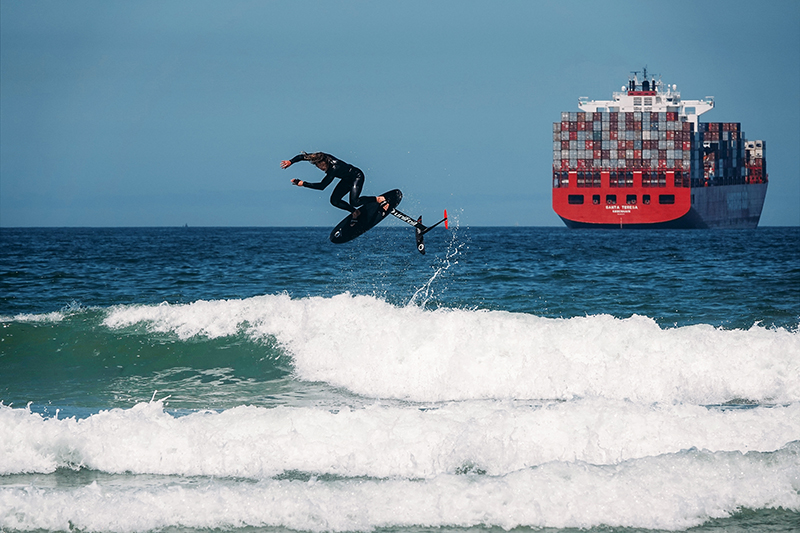
We’ve got photos here of Dylan Wichmann – what’s his feedback on the Skipper look like?
Dylan is a really great tester and an all round nice guy. He can really say what he likes and what he doesn’t, but also explain why he likes it, or not. He said: “Being much thinner than the other models, the connection to the foil is much more direct. I really like the outline, being narrower and having a more pulled in tail allows you to turn that much harder, without having to worry about a wide tail catching on the water. I also really like the rocker in the nose, while keeping the rest of the board flat. This means you will still be standing parallel to your foil but be less likely to have the nose catch on the water when touching down. I think all surf foil boards will start to look more and more like this model.”
You’ve got quite a wide range of boards now. What’s your most popular discipline/range now?
Winging really exploded in the last two years, so that is now our number one discipline. Surf foiling continues to grow as well but that is more specialized and winging does attract a wider group of people. The new downwind discipline is very interesting as well, evolving extremely fast at the moment. As we’ve said, the Apple Skipper will also be available as a downwind board, later this spring. That model is now being tested by the team and we are collecting feedback to put in the final model. You might see some sneak peeks online in the coming weeks.
So is the move to the new factory done?!
YES! The move is completed and we are fully operational! It’s amazing to finally have all the space we need/want. We were just joking how on earth we would have done 7’7 downwind boards in the old factory. The new place is also super nice and clean. When you enter, you would never say it’s a surfboard factory. It was quite a stressful move, while keeping production numbers up, but very glad we made the choice to do it. And props to our entire workforce for all the hours they put in the project!
A MASSIVE collab with Armstrong & Foil Drive bringing you their new Integrated Carbon Masts. Let's take a look!
READ MOREKT have launched their new Astro Wing - the all-round gun for lightwind wingfoil, wing race and freestyle. i
READ MOREAXIS might have been quiet on the front recently, but now we know why: introducing the DART + MINI DART...
READ MORE